25+ SAMPLE Construction Project Plan
-
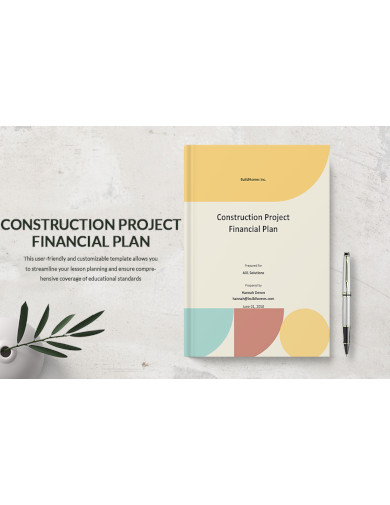
Construction Project Financial Plan
download now -
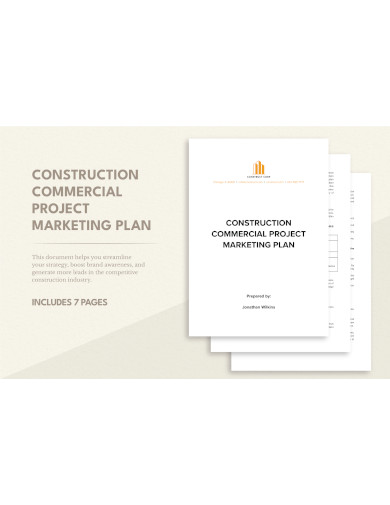
Construction Commercial Project Marketing Plan
download now -
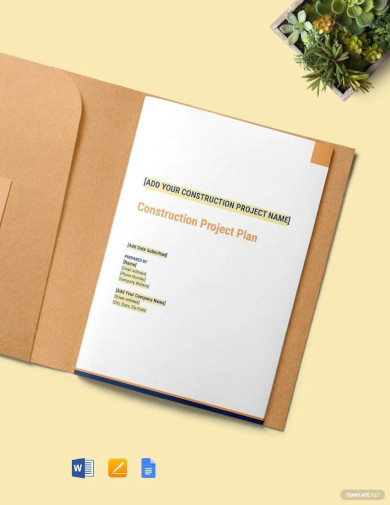
Construction Project Plan
download now -
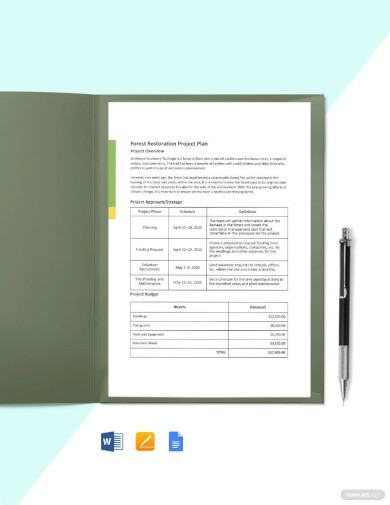
One-Page Construction Project Plan
download now -
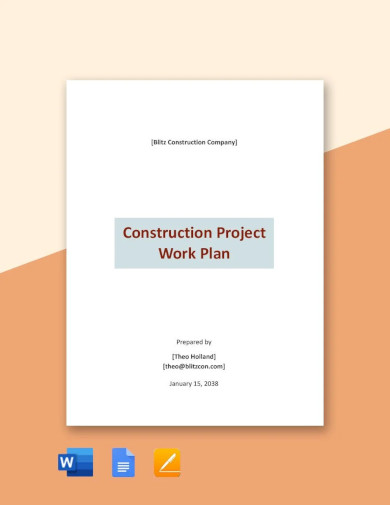
Construction Project Work Plan
download now -
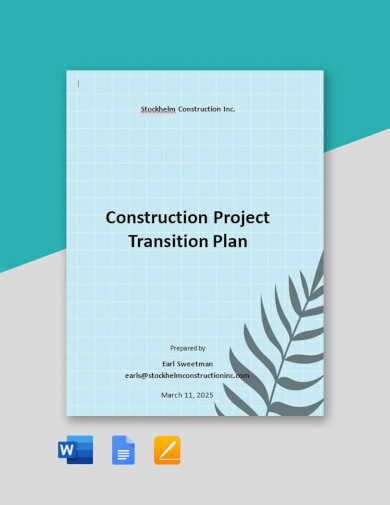
Construction Project Transition Plan
download now -
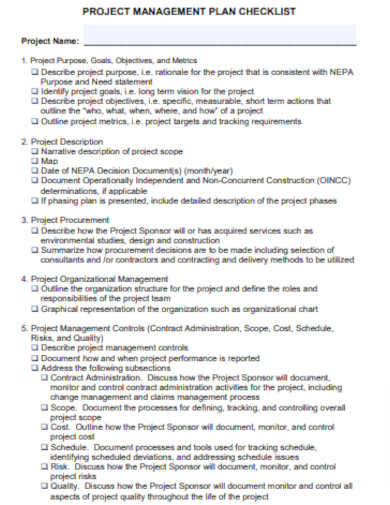
Construction Project Plan Checklist
download now -
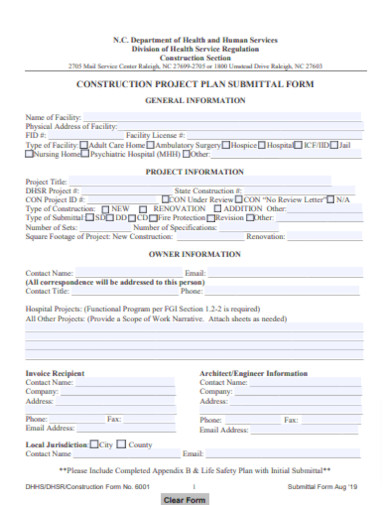
Construction Project Plan Form
download now -
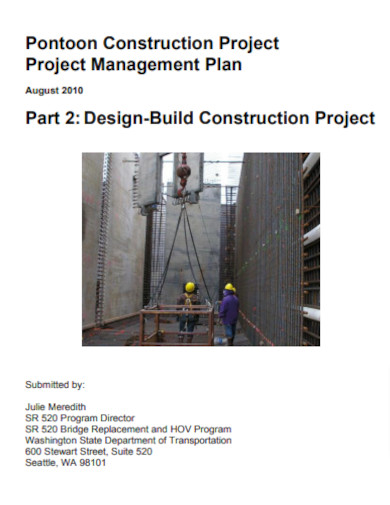
Construction Project Management Plan
download now -

Construction Project Financial Planning
download now -
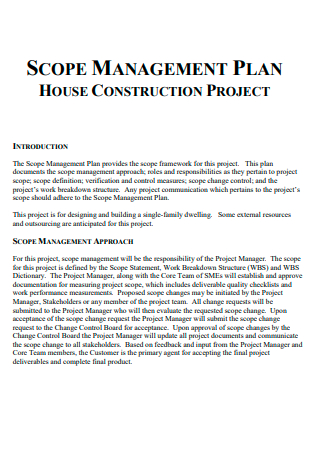
House Construction Project Scope Management Plan
download now -
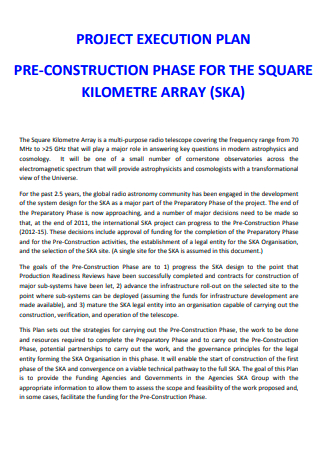
Pre-Construction Project Execution Plan
download now -
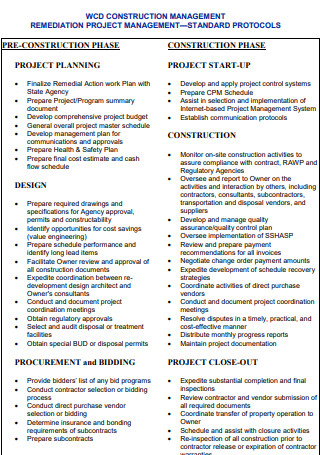
Project Construction Management Remediation Plan
download now -
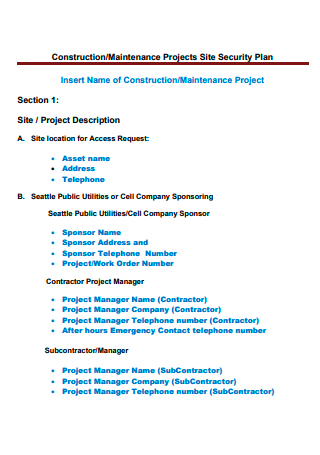
Construction Maintenance Site Security Project Plan
download now -
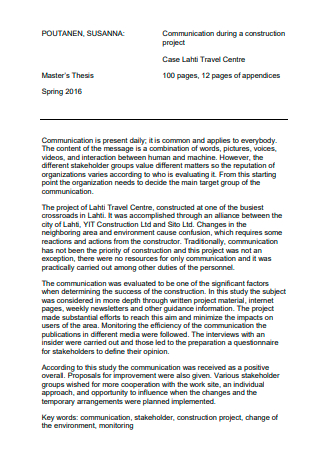
Construction Communication Project Plan
download now -
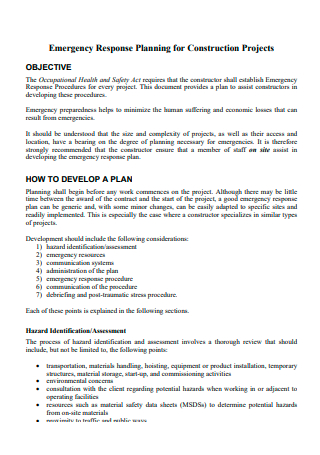
Construction Projects Emergency Response Action Plan
download now -
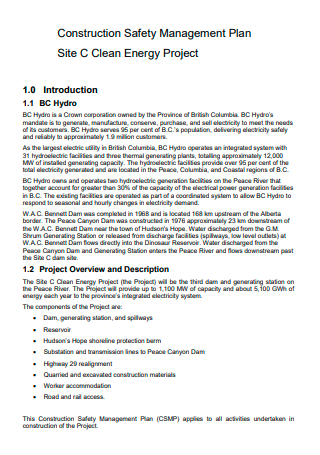
Energy Project Construction-Safety Management Plan
download now -

Construction Project Management Communication Plan
download now -
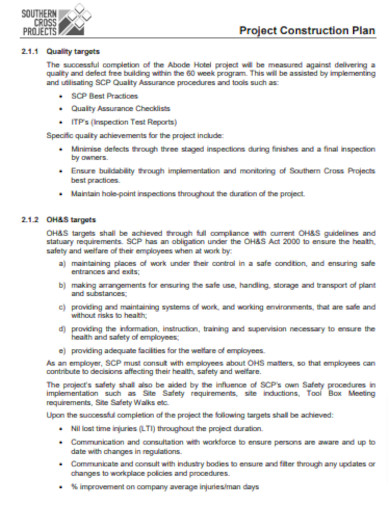
Simple Construction Project Plan
download now -

Construction Project Security Plan
download now -
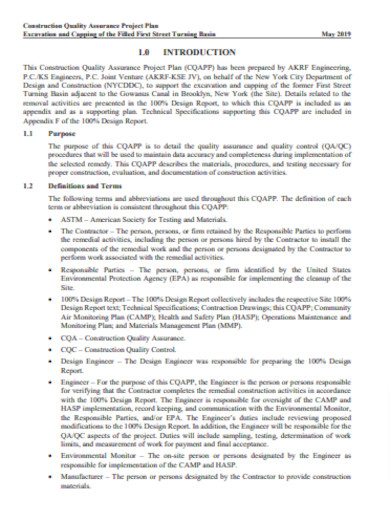
Construction Project Quality Assurance Plan
download now -
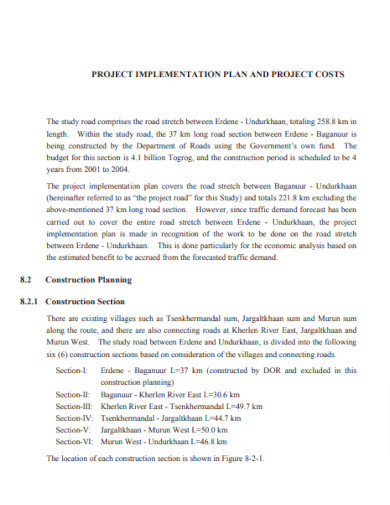
Construction Project Implementation Plan
download now -
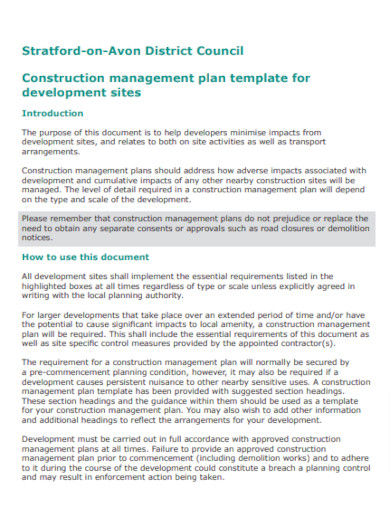
Sample Construction Project Plan
download now -
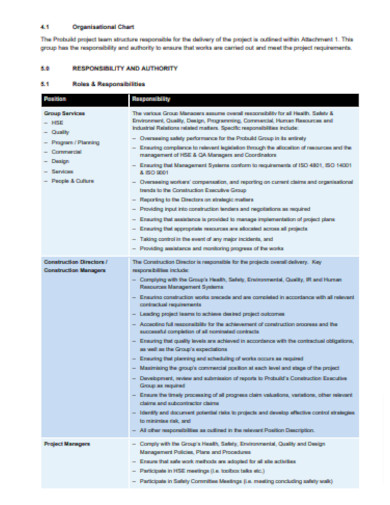
Construction Project Plan Outline
download now -
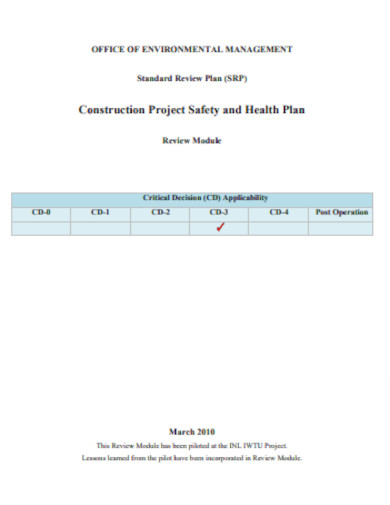
Construction Project Safety Plan
download now -
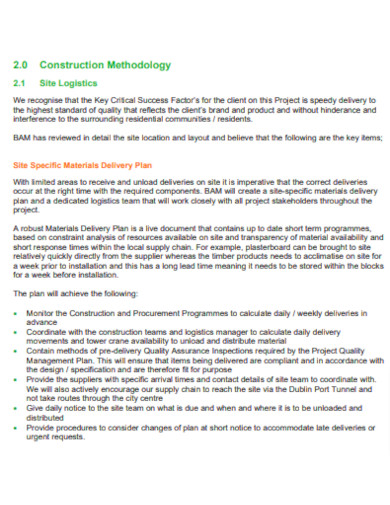
Basic Construction Project Plan
download now
FREE Construction Project Plan s to Download
25+ SAMPLE Construction Project Plan
The Blueprint to Success: Crafting a Comprehensive Construction Project Plan
What Is a Construction Project Plan Template?
Understanding the Need
Key Components of a Construction Project Plan
The Significance of a Template
Tips for a Winning Construction Project Plan
Benefits of a Digital Construction Project Plan Template
Integrated Features of a Construction Project Plan
FAQ’S
Why is a construction project plan essential?
How often should the project plan be reviewed and updated?
Can a construction project plan be used for projects of all sizes?
How does technology impact modern construction project planning?
What’s the difference between a construction project plan and a construction schedule?
The Blueprint to Success: Crafting a Comprehensive Construction Project Plan
In the intricate maze of construction projects, where every detail matters and the stakes are extremely high, it is not just advisable but essential to have a well-organized and thorough plan. Explore further the importance, elements, and recommended methods for developing an efficient construction project plan.
What Is a Construction Project Plan Template?
At its core, a construction project plan template is a pre-defined structure or format that outlines all the essential sections and aspects of a construction project plan. It ensures that all necessary details are captured systematically and consistently across different projects. Much like a blueprint guides the actual construction, this template guides the project planning process.
Understanding the Need
Imagine heading into a construction project without a clear roadmap. The resulting chaos, missed deadlines, budget overruns, and unsatisfied stakeholders are the stuff of nightmares for any construction professional. Enter the construction project plan—the GPS that ensures you stay on track, on time, and on budget.
Key Components of a Construction Project Plan
- Project Overview: At the foundation of every plan is a concise summary, outlining the project’s objectives, scope, and stakeholders.
- Detailed Scope: A granular breakdown of every task, sub-task, and deliverable, ensuring nothing is overlooked.
- Timeframe: A project timeline with milestones, task durations, and dependencies allows for better resource allocation and progress tracking.
- Budget Estimation: A detailed financial layout, from material costs to labor expenses, ensures financial transparency and control.
- Resource Allocation: Identifying and designating manpower, machinery, and materials for each task prevents bottlenecks.
- Risk Management: Assess potential risks and outline mitigation strategies to address unexpected challenges.
- Stakeholder Communication: Detailing when, how, and what to communicate keeps everyone informed and aligned.
- Quality Assurance: Setting benchmarks and quality checkpoints guarantees that the final output matches the desired standards.
- Change Management: Construction is fraught with changes. Having a strategy in place to manage these deviations ensures adaptability without compromising efficiency
The Significance of a Template
Consistency: Using a template ensures that all projects, irrespective of their nature or size, follow a consistent format, making it easier to manage, compare, and review.
Efficiency: With a structure already in place, project managers can quickly fill in project-specific details without reinventing the wheel for every new project.
Comprehensive Coverage: Templates often include sections that might be overlooked if one were creating a plan from scratch, ensuring a holistic approach.
Stakeholder Alignment: A standardized format means stakeholders know exactly where to find specific details, fostering clearer communication.
Tips for a Winning Construction Project Plan
The success of a construction project often hinges on the robustness of its plan. A well-thought-out and detailed project plan not only paves the way for smooth execution but also anticipates and mitigates potential challenges. Here are essential tips to craft a winning construction project plan:
1. Start with Clear Objectives:
Clearly define the goals and objectives of the project. Understand the project’s purpose, the desired outcome, and the expectations of all stakeholders.
2. Comprehensive Scope Definition:
Detail every aspect of the project, from foundational work to finishing touches. Breaking down tasks ensures you don’t overlook any crucial component.
3. Adopt a Collaborative Approach:
Engage all stakeholders—from architects to contractors to clients. Their input can provide invaluable insights and preempt potential challenges.
4. Use Technological Tools:
Harness modern project management software. Tools like Gantt charts, real-time collaboration platforms, and BIM (Building Information Modeling) can significantly streamline planning and tracking.
5. Establish a Realistic Timeline:
Factor in dependencies between tasks, potential delays, and buffer periods. Remember, an overly optimistic timeline can be counterproductive.
6. Detailed Budgeting:
Itemize every cost—from materials to labor to permits. Keep a contingency fund for unexpected expenses. Monitoring and tracking expenses closely can prevent budget overruns.
7. Prioritize Risk Management:
Every construction project comes with risks. Identify them early, assess their potential impact, and create strategies for mitigation.
8. Communication is Key:
Establish a clear communication protocol. Decide on how often updates will be shared, through what medium, and who the primary points of contact are.
9. Focus on Quality Assurance:
Clearly define quality standards for every aspect of the project. Regular inspections and checks ensure adherence to these benchmarks.
10. Flexibility and Adaptability:
While planning is essential, rigidity can be detrimental. Your plan should accommodate changes without compromising on overall project goals.
11. Continuous Monitoring and Feedback:
Regularly review the project’s progress against the plan. Feedback loops, both internal and from stakeholders, can highlight areas that need adjustment.
12. Train Your Team:
Ensure that everyone involved understands the plan, their role in it, and the tools they’ll be using. Training sessions can bridge any knowledge gaps.
13. Document Everything:
From changes to communications, maintaining a detailed record provides transparency, holds parties accountable, and can be invaluable for future reference.
Benefits of a Digital Construction Project Plan Template
In an era where technology continuously reshapes industries, the construction sector isn’t an exception. A digital construction project plan template offers a range of advantages that traditional paper-based templates can’t match. Here’s an exploration of the benefits:
1. Easy Access & Collaboration:
Centralized Storage: All team members can access the plan from a centralized location, ensuring everyone is on the same page.
Real-time Collaboration: Multiple stakeholders can simultaneously view, edit, and comment on the plan, fostering effective teamwork.
2. Flexibility & Scalability:
Quick Updates: Changes can be made swiftly, ensuring the plan remains current and reflective of any project modifications.
Template Reuse: The digital template can be easily duplicated and adjusted for various projects, reducing redundancy and saving time.
3. Enhanced Security:
Access Control: Assign roles and permissions to control who can view or modify the plan.
Backup & Recovery: In case of any data loss, digital platforms often offer backup and recovery solutions, safeguarding crucial information.
4. Real-time Monitoring & Reporting:
Dashboard Overviews: Many digital tools provide dashboards, offering a snapshot of the project’s progress.
Automated Reports: Generate progress reports, financial summaries, or risk assessments with a click, keeping stakeholders informed.
5. Integration Capabilities:
Tool Synchronization: Digital templates can integrate with other software, such as budgeting tools, resource management systems, or communication platforms, streamlining processes.
Data Consistency: With integration, data remains consistent across various tools, minimizing errors and discrepancies.
6. Cost Efficiency:
Paperless Operations: Reduce costs associated with printing, distributing, and storing physical documents.
Error Reduction: Digital templates can have built-in validation, reducing the chances of costly mistakes.
7. Enhanced Version Control:
Document History: Track changes, see who made them, and when. This ensures everyone works off the most recent version and can backtrack if needed.
Conflict Resolution: In case of discrepancies, digital platforms can highlight conflicts and allow for seamless resolutions.
8. Interactive Elements & Visualizations:
Embedded Media: Incorporate videos, images, or interactive diagrams directly into the plan.
Dynamic Charts: Use interactive Gantt charts, flow diagrams, or pie charts to represent data more visually.
9. Environmental Benefits:
Reduced Paper Waste: Minimize the environmental impact by significantly cutting down on paper usage.
Energy Efficiency: Digital storage and cloud solutions often have a smaller carbon footprint compared to maintaining physical storage spaces.
Embracing a digital construction project plan template is more than just keeping pace with technology—it’s about harnessing its power to improve efficiency, accuracy, and collaboration in construction projects. As the construction landscape evolves, these digital tools are not just beneficial; they’re becoming essential for maintaining competitiveness and ensuring project success.
Integrated Features of a Construction Project Plan
The modern construction industry has evolved rapidly with the advent of technology, and as a result, contemporary construction project plans often incorporate a host of integrated features to streamline, monitor, and manage projects efficiently. Here’s a comprehensive look at some of these essential integrated features:
1. Interactive Dashboards:
An easy-to-read interface that provides a quick overview of project status, important milestones, budget consumption, and any flagged issues or risks.
2. Task Management & Scheduling:
Allows for creating, assigning, and tracking tasks. Gantt charts or Kanban boards might be integrated to visualize timelines, dependencies, and project flow.
3. Real-time Collaboration Tools:
These tools facilitate instant communication and collaboration among team members, allowing for real-time edits, annotations, and feedback.
4. Budgeting and Financial Management:
Integrated financial tools can track expenses, manage invoices, forecast costs, and highlight any financial discrepancies or overruns.
5. Document Management:
A centralized storage solution that supports version control, ensures that everyone is using the most current documents, and offers search and retrieval functionalities.
6. Risk Management:
Tools to identify, assess, and prioritize risks, followed by resource allocation to mitigate potential threats.
7. Reporting & Analytics:
Customizable report generation for various aspects of the project—be it progress, financials, or resource utilization. Analytics can provide insights into performance metrics and potential bottlenecks.
8. Resource Allocation & Management:
Allows managers to assign resources (both manpower and machinery) efficiently, ensuring that there’s no overutilization or underutilization.
9. Quality Control Integration:
Checklists, standards references, and inspection tools to ensure the project maintains the desired quality levels.
10. Mobile Access & Functionality:
With the rise of smartphones and tablets, having mobile integration ensures that team members can access the plan, receive updates, and contribute on-the-go.
11. GPS & Geolocation Features:
Especially useful for larger construction sites, these features can track the movement of machinery, deliveries, and even staff.
12. 3D Modeling & BIM Integration:
Building Information Modeling (BIM) and other 3D modeling tools can be integrated to provide a detailed visual representation of the project, facilitating better design and conflict resolution.
13. Inventory & Procurement Management:
Manages materials, their quantities, and the order status, ensuring timely procurement and inventory tracking.
14. Time Tracking & Attendance:
Keeps track of worker hours, overtime, and can be integrated with payroll systems.
15. Change Order Management:
A streamlined system to handle, approve, or reject change requests, ensuring that alterations don’t disrupt the project flow.
16. Environmental & Safety Compliance Tools:
Ensures that all project aspects adhere to safety norms and environmental regulations.
FAQ’S
Why is a construction project plan essential?
A construction project plan is crucial because it provides clarity on the project’s objectives, identifies potential risks, allocates resources efficiently, and establishes a clear timeline. It acts as a central reference point for all stakeholders, ensuring consistency, reducing misunderstandings, and increasing the chances of project success.
How often should the project plan be reviewed and updated?
Ideally, the project plan should be reviewed regularly, such as weekly or monthly, depending on the project’s size and complexity. Any time there are significant changes, like scope alterations or unexpected challenges, the plan should be updated to reflect these changes.
Can a construction project plan be used for projects of all sizes?
Yes, a construction project plan is scalable. Whether it’s a small home renovation or a massive infrastructural development, a tailored project plan ensures organization, clear communication, and a systematic approach to the project’s challenges.
How does technology impact modern construction project planning?
Modern technology offers tools and software that facilitate real-time collaboration, provide interactive dashboards, support 3D modeling, and ensure efficient resource allocation. These technologies make project planning more dynamic, accurate, and adaptable to changes, enhancing overall project efficiency.
What’s the difference between a construction project plan and a construction schedule?
A construction project plan is a broad document covering all aspects of a project, including objectives, stakeholders, budget, and more. In contrast, a construction schedule is a subset of the project plan, focusing exclusively on timelines, milestones, and task sequences.
In essence, a stellar construction project plan is a blend of meticulous detailing, open communication, and adaptability. While the construction realm is rife with uncertainties, a solid plan acts as the anchor, grounding the project and steering it toward timely and efficient completion.
